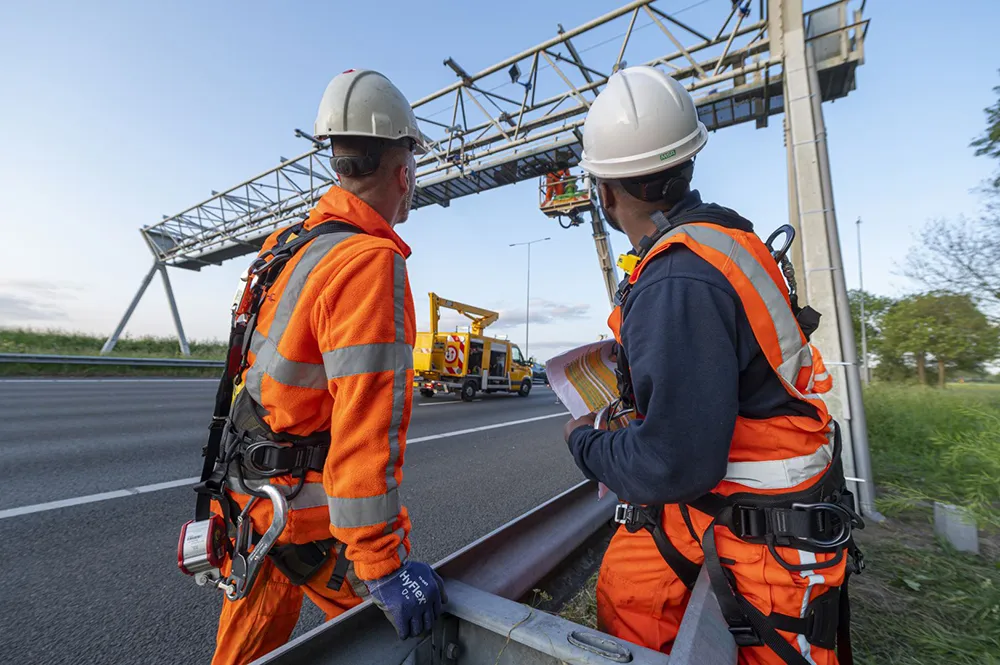
Throughout Thursday, the US Department of Transportation (USDoT) will be running three connected vehicle (CV) workshops as part of ITS America’s THISisITS: Making It Work theme for the 2016 event.
The free-entry workshops are open to the public and will focus on: CV Architecture; Software Tools and; Training and will run from 9am to 5pm in the Almaden Ballroom of the Hilton San José at 300 South Almaden Boulevard. The Architecture and Software Tools workshops will run consecutively from 9am to 12:30pm and the Training workshop will run from 1pm to 5pm.
The Architecture workshop will provide an update on the CV architecture and upcoming migration into the US National ITS Architecture, along with work on standards recommendations. During the workshop, USDoT will seek stakeholder feedback and recommendations on the CV architecture. Those in the Software Tools session will get an introduction to using the Systems Engineering Tool for Intelligent Transportation (SET-IT) to develop multi-layered, customised CV architectures for pilot and operational deployments. Participants should install SET-IT on their computers before the session.
The four-hour Training workshop (CV201) is the third in a series of CV courses offered by the ITS JPO Professional Capacity Building program and broadens participants' understanding of the technology required to support a CV environment.
It also introduces the impacts of CVs on transportation planning and funding, and steps to develop a meaningful Concept of Operations.










